We compared satellite images of Russia’s naval base in Syria before and after Assad’s fall. The warships are missing.

On December 9, they’re gone again.
Russia’s warships have been missing from its base in Syria in the days after rebel forces ousted the country’s longtime dictator, Bashar Assad, satellite imagery obtained by B-17 shows.
In imagery captured by Planet Labs PBC earlier this month, warships can be seen docked at the Russian naval facility in Tartus, a port city on the Mediterranean Sea. However, in a photo taken on Monday, the warfighting vessels are all gone.
The vessels remained away from their berths as of Tuesday, according to a new satellite image taken by BlackSky.
The ongoing situation raises significant questions about the future of Russia’s military presence in Syria. Moscow supported Assad in his ruthless civil war, which ended in stunning fashion over the weekend after rebel forces toppled his regime in a rapid offensive.
It is unclear if the Russian warships have left for good. A December 1 image shows several warships docked in Tartus, but two days later, they were no longer there. By December 6, some warships — including two surface combatants and a submarine — were back. But three days later, they were gone once again.
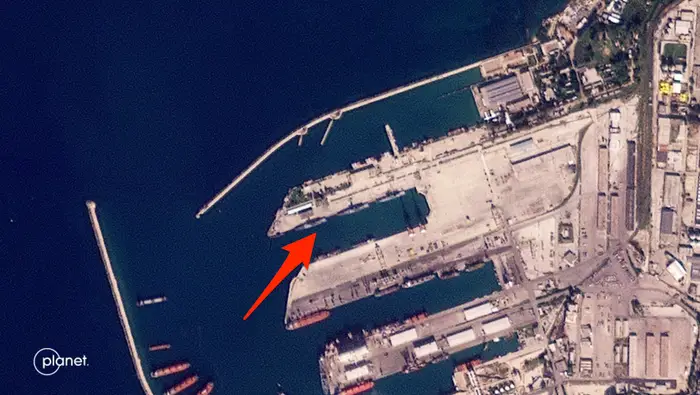
This image captured on December 1 shows several Russian warships docked at Tartus.
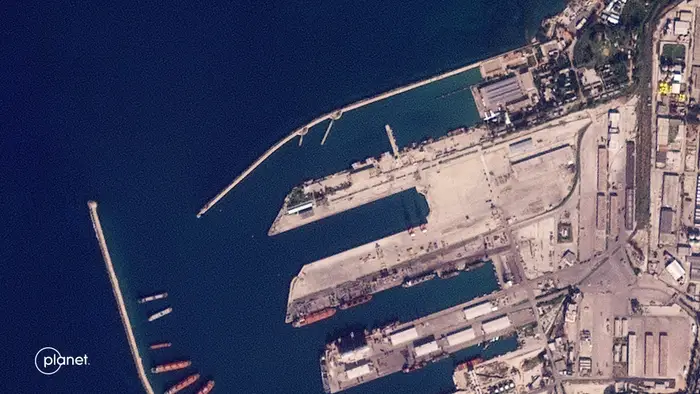
By December 3, the warships are gone.

Some of the warships are back in this December 6 image.

On December 9, they’re gone again.
A separate image captured on December 5 by BlackSky, which provides space-based real-time intelligence, showed that the original six vessels docked at Tartus at the start of the month returned, suggesting Russia may have gradually moved its assets away from the port as the Assad regime crumbled.
An intelligence analyst familiar with the satellite imagery said that the five Russian surface vessels — three frigates and two replenishment oilers — and the lone submarine had left the base by Monday.
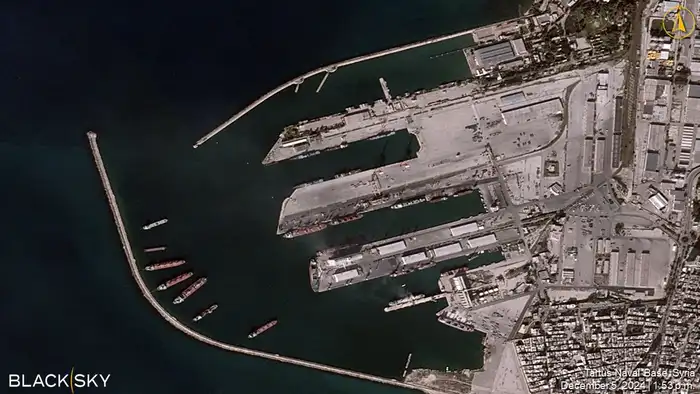
Additional Russian warships can be seen in this December 5 image.
The Russian vessels were still missing from Tartus as of Tuesday, new imagery shows.
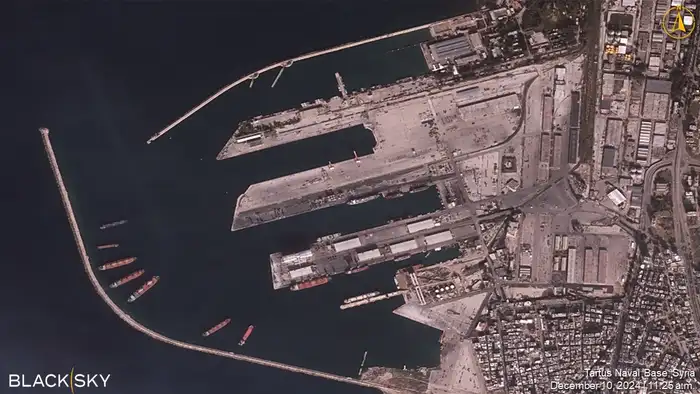
The Russian vessels remained missing from Tartus as of December 10.
Russia’s defense ministry has not confirmed any major force posture changes, but Ukraine’s military intelligence agency said Monday that Moscow had withdrawn its warships from Tartus and was airlifting weaponry out of the nearby Khmeimim base.
B-17 was unable to immediately verify reports on these Russian military developments.
Open-source intelligence accounts noted the unusual naval activity on social media, sharing images that suggested the Russian warships were loitering off the coast of Syria.
Tartus is Russia’s main naval base overseas, and it provides the country with access to a warm water port. Meanwhile, Moscow uses nearby Khmeimim to shuttle military forces in and out of Africa. Losing both of these facilities would be a major blow to the Russian military.
The Kremlin appears to be taking steps to ensure the security of its military facilities, but the details surrounding a new transition government are unclear. According to Russian state media reports, Syrian rebels now have full control of the province where its bases are located.
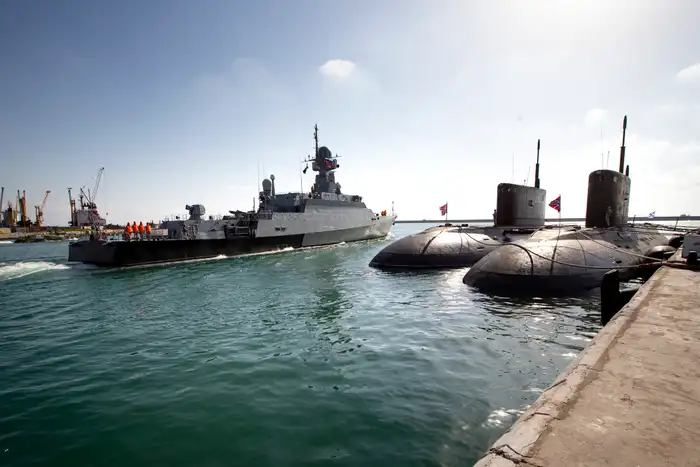
The Russian missile ship, the Veliky Ustyug, sails from Tartus in September 2019. AP
When asked on Sunday about the fate of the Russian bases in Syria, a senior Biden administration official said they “can’t speculate.”
“It’s not lost on anybody that the Russians have now announced, I think, that they’ve taken Assad to Moscow,” the US official said during a call with reporters. “So, we’ll see what the Syrians, who have worked for decades to overthrow the yoke of the Assad regime, think about that when it comes to the Russian facilities.”
Rebel forces led by Hayat Tahrir al-Sham — an organization that traces its origins to Al Qaeda but has since split off from the terrorist group — launched a surprise offensive in northwest Syria in late November. The rebels quickly captured a number of key cities before taking control of Damascus Sunday, ending a bloody civil war that lasted more than 13 years.
For years, Assad relied on military support from Russia, as well as Iran and Lebanese Hezbollah, to maintain power. The White House is blaming his regime’s shocking collapse on the fact that these three actors have been “weakened and distracted” by their respective conflicts against Ukraine and Israel.
“Assad was effectively abandoned because his only friends — again, Iran, Hezbollah, and Russia — no longer had the capacity to help,” the Biden administration official said.






